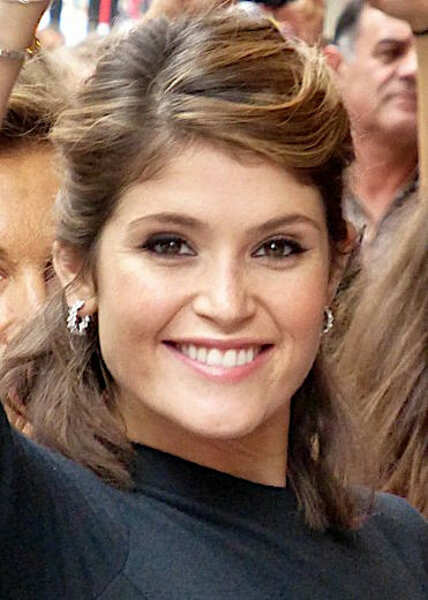Is the legacy of Leonardo da Vinci truly as monumental as it is often portrayed? The question itself demands a resolute answer: Leonardo da Vinci stands not merely as an artist but as a polymath whose contributions to science, engineering, and the arts have left an indelible mark on human history. His insatiable curiosity and unparalleled genius continue to inspire generations. Da Vinci’s ability to seamlessly blend art with science has positioned him as one of the most influential figures in the Renaissance era. Yet, beyond his iconic works like the Mona Lisa and The Last Supper, lies a world of innovations that remain largely unexplored by the general public. This article delves into the multifaceted brilliance of Leonardo da Vinci, uncovering the layers of his life and work that define his enduring legacy.
Born in 1452 in Vinci, a small town near Florence, Italy, Leonardo's early years were marked by an environment rich in creativity and intellectual pursuit. As a child, he exhibited extraordinary talent, which was nurtured under the guidance of Andrea del Verrocchio, a renowned artist and sculptor of the time. Under Verrocchio’s mentorship, Leonardo honed his skills in painting, sculpture, and mechanics. It was during this period that he began developing the meticulous observation techniques that would later characterize his approach to both art and science. His notebooks, filled with sketches and writings, reveal a mind constantly questioning the natural world and striving to understand its complexities.
| Personal Information | Details |
|---|---|
| Date of Birth | April 15, 1452 |
| Place of Birth | Vinci, Republic of Florence (modern-day Italy) |
| Date of Death | May 2, 1519 |
| Place of Death | Amboise, Kingdom of France |
| Nationality | Italian |
| Education | Self-taught; apprenticed under Andrea del Verrocchio |
| Profession | Artist, Engineer, Scientist, Inventor |
| Career Highlights | Achievements |
|---|---|
| Artistic Masterpieces |
|
| Scientific Contributions |
|
| Inventions |
|
| Patrons |
|
| Reference Website | Leonardo da Vinci Official Site |
Leonardo's artistic endeavors are perhaps what first come to mind when considering his legacy. His paintings, characterized by their masterful use of sfumato—a technique involving subtle transitions between colors and tones—set new standards for realism and emotional depth. The Mona Lisa, arguably his most famous work, captivates viewers with its enigmatic expression and intricate details. Similarly, The Last Supper showcases Leonardo's ability to convey dramatic tension through composition and facial expressions. These works exemplify how Leonardo transformed traditional religious themes into profound explorations of human emotion and spirituality.
However, Leonardo's genius extended far beyond the realm of art. He was deeply fascinated by anatomy, conducting dissections to gain insights into the human body. His anatomical drawings, some of which predate modern medical knowledge, demonstrate an uncanny accuracy and attention to detail. In addition to anatomy, Leonardo explored various scientific disciplines, including physics, astronomy, and botany. His notebooks contain theories about the movement of water, the behavior of light, and the structure of plants, all meticulously documented with accompanying illustrations.
Engineering and invention were another facet of Leonardo's prodigious talents. He envisioned machines that anticipated future technological advancements, such as flying devices, military vehicles, and hydraulic systems. While many of these ideas remained theoretical due to limitations in materials and technology during his lifetime, they reflect a forward-thinking mindset that defied the constraints of his era. For instance, his sketches of a helicopter-like flying machine and a parachute design showcase his visionary approach to problem-solving.
Throughout his career, Leonardo enjoyed the patronage of powerful figures who recognized his exceptional abilities. Among them were Ludovico Sforza, the Duke of Milan, and King Francis I of France. These patrons provided him with the resources and freedom necessary to pursue his diverse interests. Despite the challenges posed by political instability and shifting allegiances, Leonardo maintained a steadfast commitment to his work, producing groundbreaking creations even amidst adversity.
As we examine Leonardo's contributions, it becomes evident that his impact extends beyond individual achievements. By bridging the gap between art and science, he laid the groundwork for interdisciplinary approaches that continue to influence contemporary thought. His emphasis on empirical observation and critical thinking resonates with modern scientific methodologies, while his artistic innovations remain timeless benchmarks of creative excellence.
Leonardo's influence can also be seen in the way he inspired others to embrace curiosity and exploration. His relentless pursuit of knowledge serves as a reminder that learning is a lifelong journey, unconstrained by boundaries or conventions. Today, museums around the world house collections of his works, allowing audiences to appreciate the breadth and depth of his accomplishments. Exhibitions dedicated to his life and legacy draw crowds eager to delve into the mind of a true Renaissance man.
Despite the passage of centuries, Leonardo da Vinci remains a symbol of human potential. His ability to transcend disciplinary divides and challenge established norms continues to resonate with individuals across cultures and generations. Whether through his art, science, or inventions, Leonardo's legacy endures as a testament to the power of imagination and perseverance. By studying his life and work, we gain valuable insights into the possibilities that arise when passion meets intellect.
In conclusion, Leonardo da Vinci's contributions to art, science, and engineering represent a pinnacle of human achievement. His unwavering dedication to understanding the world around him has left an indelible mark on history, inspiring countless others to follow in his footsteps. As we celebrate his legacy, we are reminded of the boundless potential within each of us to make meaningful contributions to society. Through his example, Leonardo teaches us that the pursuit of knowledge and creativity knows no limits.

